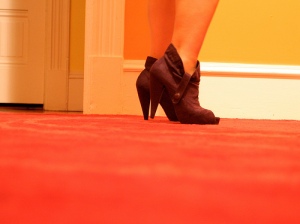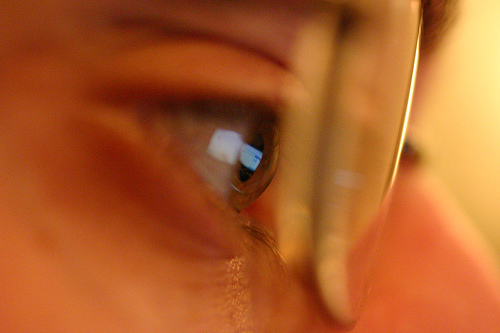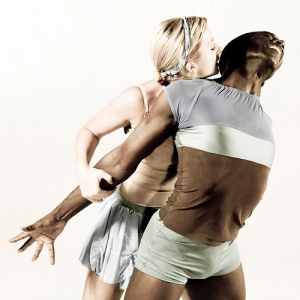On Learning Visually
by sothatshowiwork
Or:
How To Steal All The Cool Moves In YouTube Videos.
The title is misleading. Our learning cannot be segregated into separate systems. What we really want is to be able to take something that we see and turn it into something we can do. Some people have a very easy time relating to bodily movement. Some can mimic a movement without much conscious though. Some days I am jealous of such people. However, my future career demands that I am able to puzzle out the hows and whys of peoples’ movement. These skill have allowed me to sit in at the end of a class of a dance style that is not my main style, and learn the movement just by figuring out what I would fix in others. These skills were taught to me, and can be developed with conscious practice. The first thing you need is to narrow down what you are looking for. I have a series of things that I consider immediately.
Starting from the bottom and working up:
– Feet. The first thing that I look for is where a person’s weight is. Which leg and foot. Where on the foot. Is the foot pivoting.
– Knees. Is the leg with the weight bending or straightening through the knee.
– Center of Gravity. This is the most important and almost all else follows from it. What path is it taking through space. You must consider both horizontal and vertical aspects.
Try and take these things and apply them to your own body. If you try the movement out, be very aware about which parts of you are matching what you’ve listed as the components and which parts are not. Work on refining the movement to more closely mirror. If the first few considerations did not get you to the movement some other points to examine are:
– Hips. At the actual hip joint is it rotating (the answer should be yes if there is a pivot at the foot). Is the hip flexing/extending. At what most people think of as the hips is it coming out of line to the side or back. Is one raising above the other.
– Chest. Is it expanding or collapsing. Is it tilting. Is the entire side of the body making a curve that would continue if the ribs could move.
– Arms. Are the moving along the same path as the chest, or do they move independently.
Next is to determine what is actually important to the execution of the movement, and what portions are flair. In charleston the movement of the feet forward and back define it. Pivoting the feet as well is not necessary, but adds awesome flair. There are lots of things that to learn you will need to figure out what the essentials are. That is the part you get into your body first. The flair can come after and should make the movement your own.
You should do some exercises to start to build a connection between what you see, and what you feel. This is the time that a mirror really comes in handy. As you are feeling what you are doing, you’ll be able to get visual feedback. This means that you can later transfer what you see others doing into your body because you know how it feels.
A few that can get you started. Do these for just a few minutes a day and you’ll be more awesome in no time.
-Look into a mirror and fully shift your weight from one foot to another. Keep the unweighted foot on the ground. Get used to both the look and feel of a weighted foot and leg.
– Shift your weight onto a leg with the knee already bent, then straighten that knee and bend the other as you transfer weight. Then shift weight onto a straightened knee. Get used to the difference in looks.
– Trying to keep your shoulders level, slide your ribcage to one side, then the other.
– Allow one shoulder to drop and lean your ribcage to one side, then the other.
– Continue to practice until you can see the difference.
You are aiming to see the difference between similar things and have that mean something to your body.

